Better water quality. Reduced costs for farmers. Less algae. More trout.
The benefits of reducing phosphorous and sediment in streams are not difficult to understand. Nor are they controversial.
Phosphorous comes from fertilizer that farmers apply to fields and on many dairy farms in Wisconsin, from cow manure. After rain or snow melt, it runs off fields into streams. Farmers want the soil to stay on the field; it does them no good if it is washed downstream. In the streams, phosphorous leads to algae growth that can choke out nearly all other life. No one wants more phosphorous in streams.
The challenge is that there are a lot of farms in any given watershed. It’s simply not feasible to implement conservation practices on every single farm.
In Wisconsin’s Pecatonica River watershed, conservationists have targeted conservation practices on farms where these practices can make the most difference for the least cost. They found that focusing efforts on just a small number of farms yielded significant results for water quality.
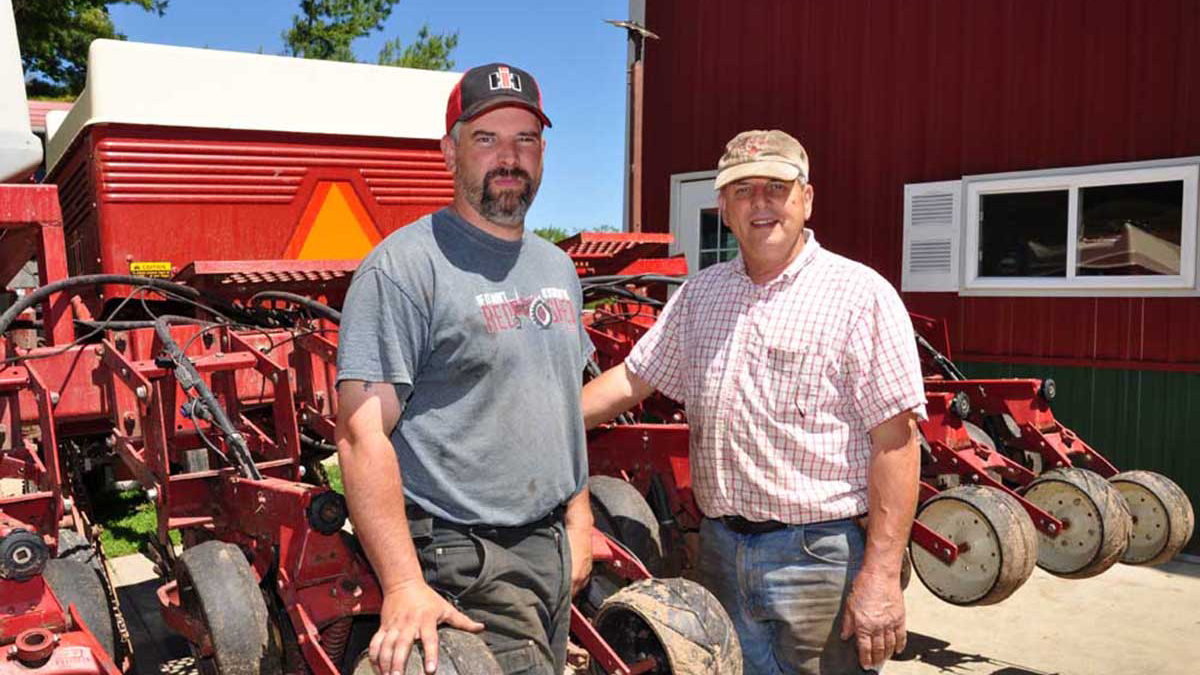
After the Storm
The Pecatonica River lies in the Driftless Area of Southwest Wisconsin, a part of the state bypassed by glaciers. It is characterized by miles of streams and rivers, and steep limestone bluffs. The area is also known for agriculture, with a large number of relatively small dairies and other farming operations.
Phosphorous and sediment that run off these farms threaten streams throughout the region, especially after storms. A heavy rain will hit a recently fertilized field and essentially wash that fertilizer and manure right into a stream. U.S. Geological Survey stations found that as much as 20 percent of the annual phosphorous and sediment loads took place in a single day’s heavy rains.
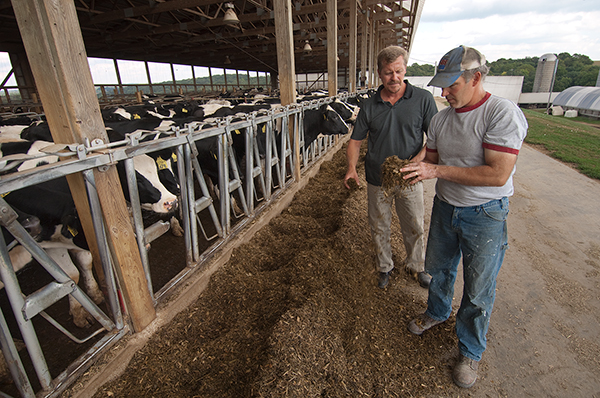
Manure management can be a special challenge in states like Wisconsin where there are concentrated livestock populations, and in the case of Wisconsin that’s the dairy cow. The need to dispose of large quantities of manure, regardless of local crop nutrient needs and soil phosphorus levels, can lead to excessive phosphorus applications to farm fields.
Manure is heavy and costly to haul, so there can be a temptation to apply too much manure near the dairy barn. Manure can also pose direct spill and runoff risks if it is not carefully applied.
When a dairy farm has the capacity to store manure over the winter months, it then has to be spread in short windows of time in spring and late fall before crops germinate.
“Farmers understand that the practices on their farms affect clean water and fish,” says Steve Richter, director of conservation programs for The Nature Conservancy in Wisconsin. “Many are interested in changing those practices to benefit streams.”
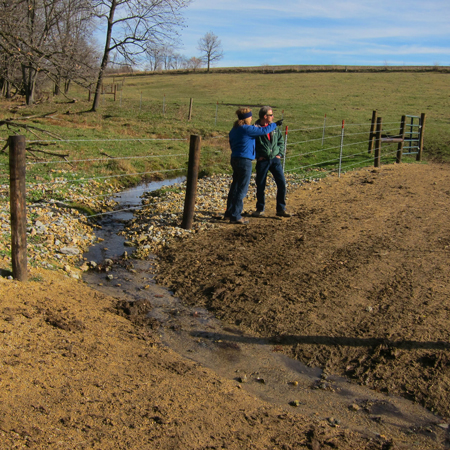
But different farms contribute different amounts of phosphorous and sediment. Often, around the world, conservation is opportunistic. A landowner wants to implement conservation practices and a conservation organization helps implement them. There is no harm in that. But with limited funds, how can conservation make the biggest difference?
In the Pecatonica watershed, farmers and conservation groups began working together in 2009 with a goal of achieving the best results for the least cost. A long list of partners each contributed resources and expertise. They chose one sub-watershed where evidence indicated they could make the most difference, and implemented a number of targeted conservation practices. A similar sub-watershed where conservation practices were not implemented was used as a control, to compare phosphorous and sediment levels.
With farms identified, conservationists worked with interested landowners to implement conservation practices that kept nutrients on the field and not in the stream. These included reduced tillage of fields, targeting where and how fertilizer and manure were applied, changing crop rotations and adding cover crops.
“The key to all these practices is that they hold nutrients and soil in place on the field,” says Richter.
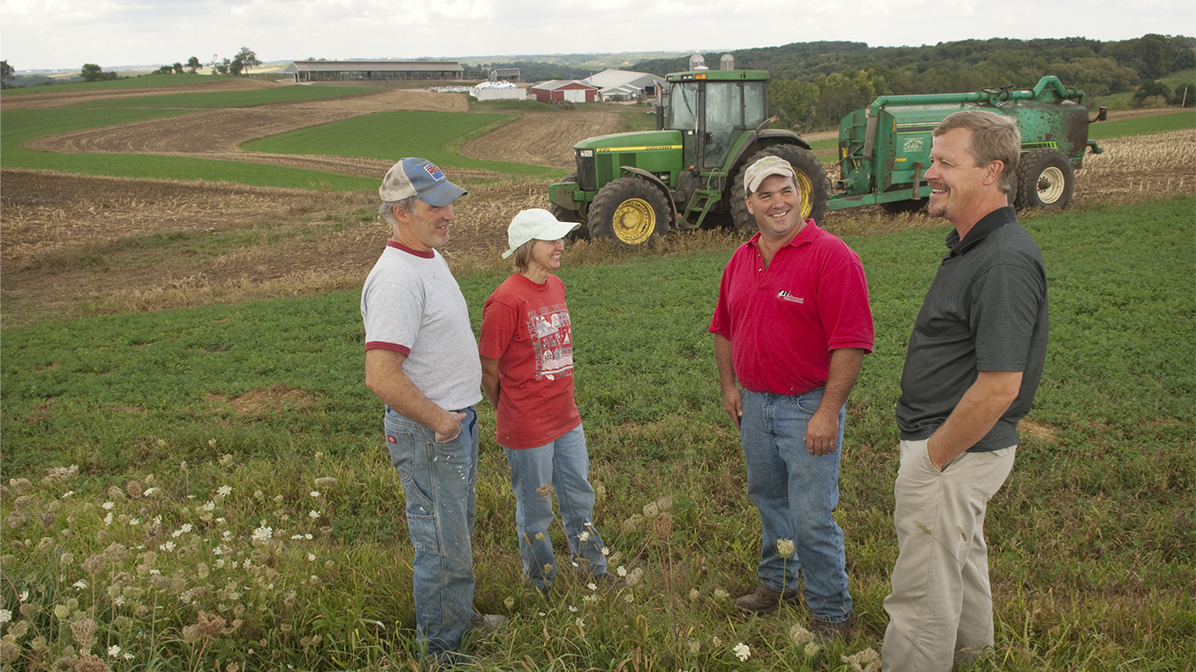
Farmers were receptive: reducing inputs saves costs. But Richter emphasizes that looking at potential risks and impacts to farming operations was a significant part of each project. Partners helped farmers identify practices that best fit in with their existing farming systems. The Natural Resources Conservation Service provided funding to help farmers implement needed changes.
“We had to really make sure the economics was thought through on every one of those farms,” says Richter. “We needed to see how practices would impact the entire operation.”
As with nearly any conservation activity, relationships proved to be even more important than the science. “You can’t just do stream restoration projects without looking at the practices in the adjacent fields,” says Richter. “And you can’t implement new practices in the field without having strong relationships with farmers and landowners. We took the time to develop strong relationships. That time spent in building relationships leads to bigger outcomes.”

Less Algae, More Trout
Richter emphasizes that implementing effective watershed conservation takes time. Conservationists implemented projects from 2010 through 2012. Data on water quality, fish and sediment loads were gathered from 2013 through 2016.
The results show a 55 percent decrease in phosphorous loading in streams during storm events in the test watershed. That translates into 275 less pounds of phosphorous in the stream during a one-day storm.
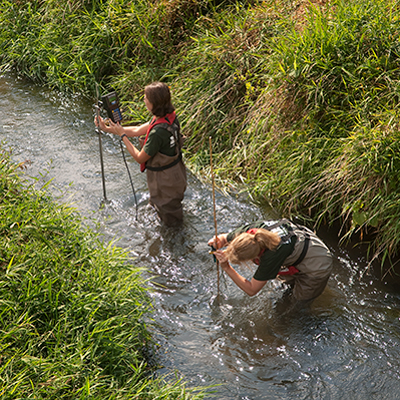
That in itself might not seem like a huge amount, but consider this: 275 pounds of phosphorous is enough to produce 137,500 pounds of algae downstream.
Overall, the farm projects kept an estimated 4,400 pounds of phosphorous and 1,300 tons of sediment out of the water each year.
“It’s a long-term investment,” says Richter. “But the results show clearly how we can benefit streams by targeting our investment in areas where we can make the most difference.”
And stream life has responded, too. Very few fish were found at project sites before restoration efforts, and most were species fairly tolerant of pollution like brook stickleback and creek chub. Within a year of each project, the team found pollution-intolerant species including mottled sculpin and the rare, native brook trout. Brown trout, a popular sport species, also rebounded. Overall, trout numbers in the stream increased by 70 to 100 percent.
“Improving habitat and reducing sedimentation have many benefits for the stream, and for people,” says Richter. “Conservationists have limited resources. The path forward is targeting our investment where we can achieve the best results. I think other watersheds in Wisconsin and beyond can achieve significant benefits for water quality by taking such a targeted approach.”
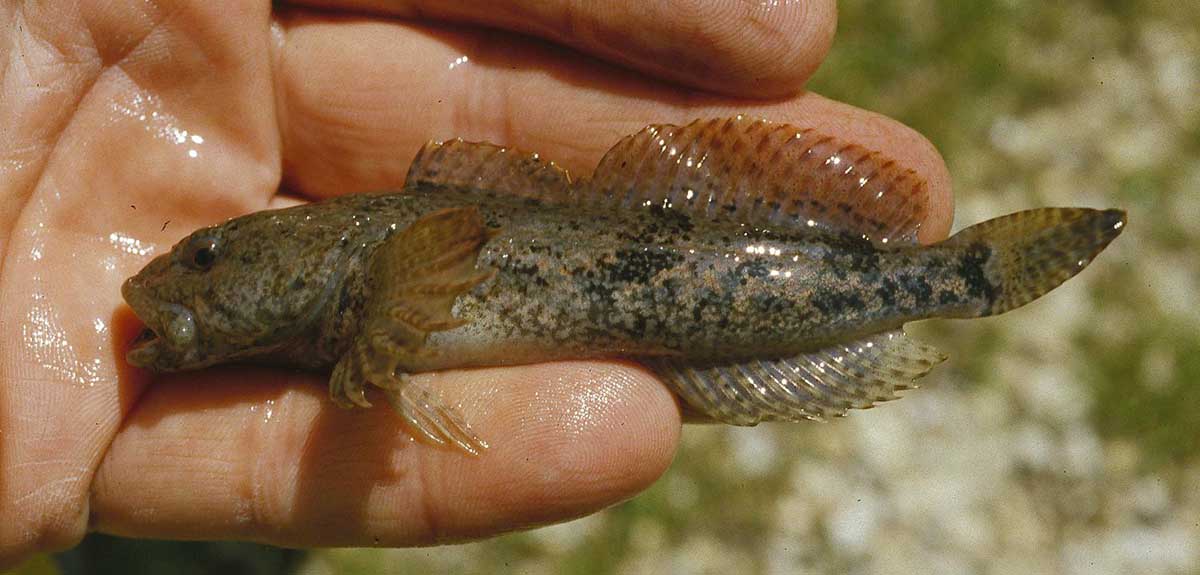
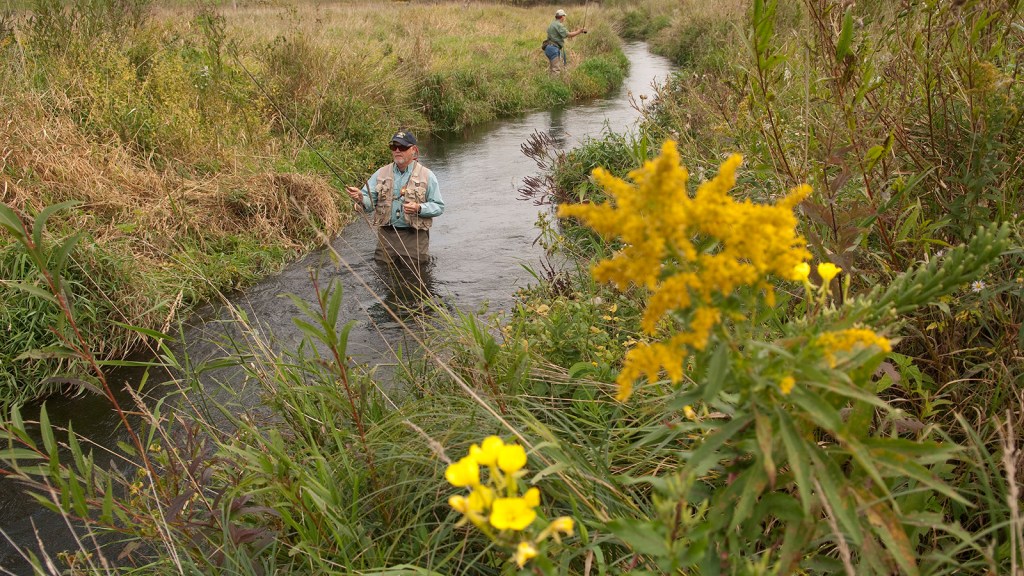



The research behind this blog post has just been published at http://www.jswconline.org/content/73/3/298.full.pdf
Hi Matt, The algae are not the problem, they are mother natures most important tool for correcting nutrient loading and maintaining the atmospheric balance between CO2 and Oxygen. The problem is the nutrient pollution that has become a systemic condition due to our activities. We have been shown how to utilize the algae to reduce the cost of wastewater treatment while transforming the wastewater agenda into a renewable resource platform in alternative water, energy and biotech resources. Check out our website at http://www.aquagen-isi.com. my e-mail is bbs@aquagen-isi.ws